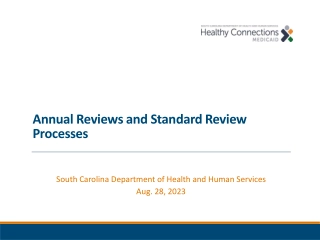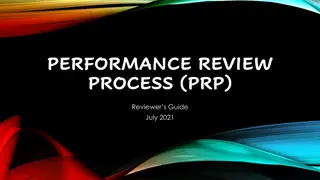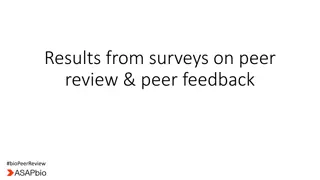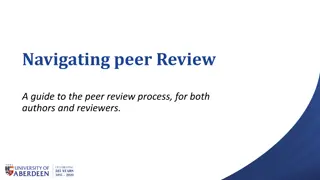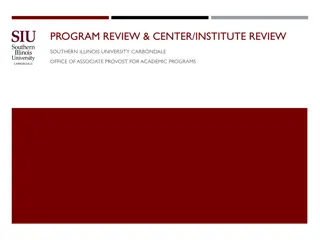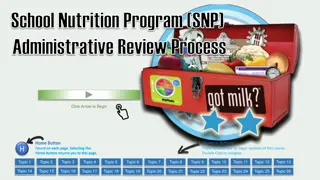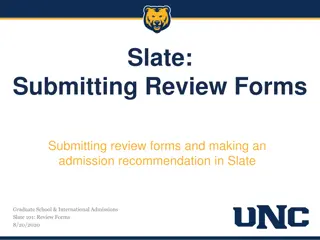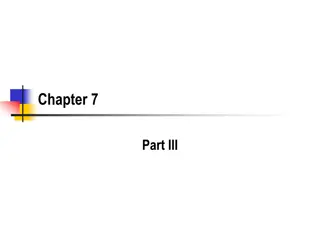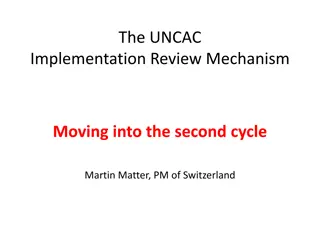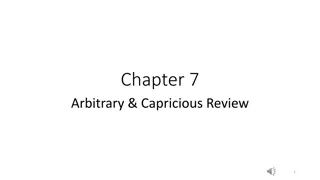
CSE 140 Midterm 2 Review: Sequential Networks, Memory Components & Finite State Machines
Explore the comprehensive review for CSE 140 Midterm 2 by Daniel Knapp covering topics like Sequential Networks, Memory Modules, Flip-Flops, Latches, Finite State Machines, and more. Dive into the specifications, analysis, and implementation of timing, combinational modules, and system design.
Download Presentation

Please find below an Image/Link to download the presentation.
The content on the website is provided AS IS for your information and personal use only. It may not be sold, licensed, or shared on other websites without obtaining consent from the author. If you encounter any issues during the download, it is possible that the publisher has removed the file from their server.
You are allowed to download the files provided on this website for personal or commercial use, subject to the condition that they are used lawfully. All files are the property of their respective owners.
The content on the website is provided AS IS for your information and personal use only. It may not be sold, licensed, or shared on other websites without obtaining consent from the author.
E N D
Presentation Transcript
CSE 140 MT 2 Review By Daniel Knapp
Overview Sequential Networks Introduction and memory components Specification, analysis, and implementation Timing Standard Combinational Modules Decoders and Encoders Multiplexers (Mux) and Demultiplexers (Demux) System Design (not heavy focus of MT 2)
Sequential Networks Latches (Level Sensitive) SR Latches, D Latches Flip-Flops (Edge Triggered) D FFs, JK FFs, T FFs Examples of Memory Modules Registers, Shift Registers, Pattern Recognizers, Counters, FIFOs
Latches Basic SR Latch
Latches cont. D Latch (avoids SR 11 input)
Flip-Flops D Flip-Flop (all FFs are edge triggered) State changes every rising edge of the CLK (NS becomes PS)
Flip-Flops cont. JK Flip-Flop (edge triggered)
Flip-Flops cont. T Flip-Flop (edge triggered)
Finite State Machines Used to describe circuit behavior over time Mealy- current state and current input; Moore- only current state
Finite State Machines cont. Mealy Machine Moore Machine
Finite State Machines cont. Output of mealy machine is put on the transition, 1/0 Mealy Machine Output of moore machine belongs only to the state, not its transitions Moore Machine
Finite State Machines cont. Be able to draw this table for a state diagram Mealy Machine Moore Machine
Mealy to Moore Conversion cont. S0_0 S0_0 S0_0 S0_1 S0_1 S1 S0_0 1
Implementation Implementing JK FF with T FF Inputs are J(t), K(t), and Q(t) T(t) is the output of some combinational logic used as input to the T FF to change Q(t) to Q(t+1) Q(t) is also the current output of the design Q(t+1) is the next state
Implementation cont. Good chance you may have something like HW4 prob 5 on the midterm Be able to Create state diagram from a given description Write a state table Write an excitation table which includes specific FF inputs if the problem asks to design using some specific type of Flip-Flops Draw K-maps derived from the excitation table Create a minimum SOP or POS expression for each K-map Draw the logic diagram for the system
Implementation cont. Good chance you may have something like HW4 prob 5 on the midterm Be able to Create state diagram from a given description Write a state table Write an excitation table which includes specific FF inputs if the problem asks to design using some specific type of Flip-Flops Draw K-maps derived from the excitation table Create a minimum SOP or POS expression for each K-map Draw the logic diagram for the system
Timing cont. Add in skew This formula is worst case for setup time May be able to decrease clock period if skew is best case (retiming) Worst Case Best Case
Timing cont. Add in skew
Timing cont. When retiming, find max skew tolerable with hold time equation Then plug the skew into the best case scenario for the setup time equation to get an improved clock period
Standard Combinational Modules Commonly used combinational circuits that are more complicated than gates Many of them are used to implement control logic for system design
System Design Focus on understanding the other topics thoroughly and if you have more time, review the system design podcast Better to handle questions from this material on piazza or office hours than at the review session today since the other material would cover the bulk of the points


